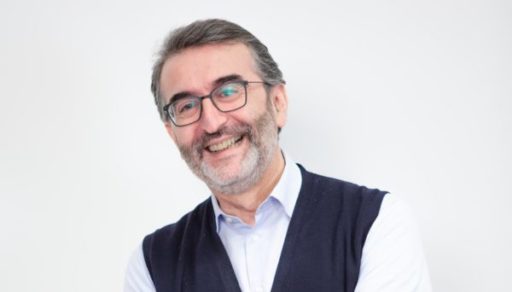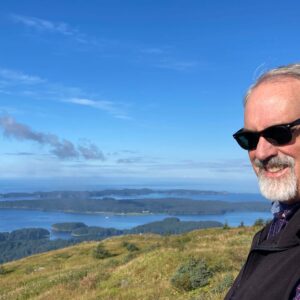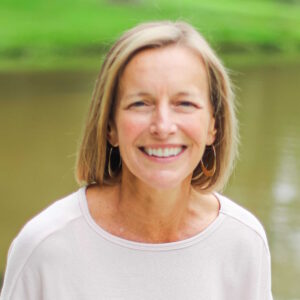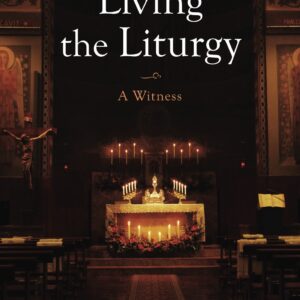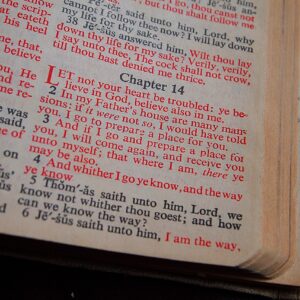We spoke with Italian journalist Marco Bardazzi about his biography of Enzo Piccinini, recently translated into English and published by Slant Books: Everything I Did I Did for Happiness.
Let’s start with a basic question: Who was Enzo Piccinini?
Piccinini was an Italian surgeon at Sant’Orsola hospital in Bologna, a husband, a father of four, and a passionate leader and friend of thousands of high school and university students in Italy between the 1970s and the end of the twentieth century. He died at the age of 48 in 1999 in a car accident on the highway between Milan and Bologna. At his funeral in Bologna, celebrated in the basilica of San Petronio by the then archbishop Giacomo Biffi, there were seven thousand people. Thousands of others prayed or thought of him that day on various continents, in all those places (and there were many) where the surgeon of the Sant’Orsola hospital had left a mark. More than twenty years later, thousands of people are still hunting on YouTube for the few remaining videos of Enzo, and the Catholic Church has opened a canonization process for him.
What makes his life interesting for readers, nearly a quarter century since his death?
His life itinerary was extraordinary. For example, as a teenager he rediscovered his Christian faith in the most unusual place imaginable: an apartment in Reggio Emilia, not far from Bologna, where the Red Brigades terrorist organization was born. He was close to joining them, when his life instead crossed paths with a completely different story, which led him towards what would have been the emotional center and the engine of all his frenetic humanity: Fr. Luigi Giussani, the founder of the Communion and Liberation movement. “He was the one who taught me to be a surgeon,” he often said at medical conferences, causing many eyebrows to be raised. From that encounter began decades of passionate activity as a surgeon and as an educator. What he discovered and witnessed in those years is still important for everybody today.
Can you offer some examples?
As a doctor, Enzo wasn’t afraid to address tough questions, the same questions that we have recently faced with the Covid pandemic. What does it mean to be a doctor? How can we face the sick with a human position that does not limit itself to treating the disease, but has the person and his or her loved ones at heart? How to deal with pain and death, in hospital and outside? “I don’t have the problem of helping people I see dying,” he used to say. “The problem is living aware that there is death. It is one of the most important moments in life and you cannot deprive a person of the possibility of experiencing his death to the fullest.” Enzo was never afraid to face these questions—in the operating room, teaching in university, in public life, or in the family. He had given the answers above all with the testimony of his life, lived with an intensity that left its mark on all who met him.
What made him different from other doctors of his time?
Piccinini introduced a multidisciplinary approach to patient care in Bologna that was innovative at the time and still often lacking in hospitals in Italy today. His method can be an inspiration not only for doctors, but for anyone who manages human resources. His fellow university surgeons tended to choose students to whom they essentially said one thing: “Stay here, look at me, and do exactly what I do.” Enzo first of all encouraged them to go and learn abroad, particularly in the U.S., and to come back with new techniques they could apply together.
Around the world, Piccinini has so many friends: how did that come about?
Enzo’s professional career moved at the frenetic pace of his fever for life—a fever that initially infected the Emilia region in Italy, then the entire country, and later various places around the world. He often used to travel to the United States, where he is remembered by many friends in hospitals from Boston to Chicago and Tampa and by many people who were just conquered by his friendship and his profound faith. His personal story is intertwined with the recent history of Italy and with that of the Communion and Liberation movement. What I tell in the book is first and foremost a human story marked by the deep friendship between Piccinini and Fr. Luigi Giussani, ended by a tragedy that in turn became a new beginning, the seed that made a school of doctors and researchers inspired by “Enzo’s method” flourish.
What can we find inside this book?
The book is based on documents from the “Enzo Piccinini Foundation,” unpublished letters, public testimonies, publications about Enzo from around the world, and above all dozens of interviews I did with friends, colleagues, family members of the surgeon’s patients, in Italy and abroad. Many of the voices were collected in 2020 during a year marked by Covid, which has offered new insights into what Enzo’s approach to medicine and life can still offer today to those who desire for themselves an existence characterized by the choice to “put the heart in what one does.”
What was your experience while researching and writing this book?
When the Enzo Piccinini Foundation and his family asked me to tell the story at the end of 2019, none of us knew that hospitals, illness, and scientific research would suddenly become so relevant in our daily lives again. Nor could I have imagined that I would have interviewed dozens of doctors, friends of Enzo, not by sitting in front of them with a coffee, but by videoconference from their wards, finding them exhausted at the end of days of fighting the virus.
“Worse than this crisis would be the tragedy of wasting it.” The words of Pope Francis have kept me company in the long months of 2020 and 2021 when I was writing. We have all wondered what the experience of the pandemic will leave behind and how we will tell it in the future. I consider myself lucky, I already know what I will say when they ask me what I was doing in 2020 when the world stopped: “I was writing the story of a friend, a life that needed to be told.”
What is the meaning of the title, Everything I Did I Did for Happiness?
These are Enzo’s own words; he said this again and again. It was his way of giving witness to the encounter he had and a way to challenge everybody. The message was basically that you cannot rest, you cannot consider yourself satisfied with what makes your life easy. He was a fighter for truth and he never stopped in front of the most fundamental human questions. He really wanted to be happy—that is, fulfilled by a life that had to be “united.” He didn’t want to fragment his life; he wanted it to be a Christian life and therefore a happy life in everything he did—at home, at work, with his friends. This is what he proposed to everybody he met, starting from his own experience: Don’t settle for something less than full happiness, because there is One who promised this to us.

